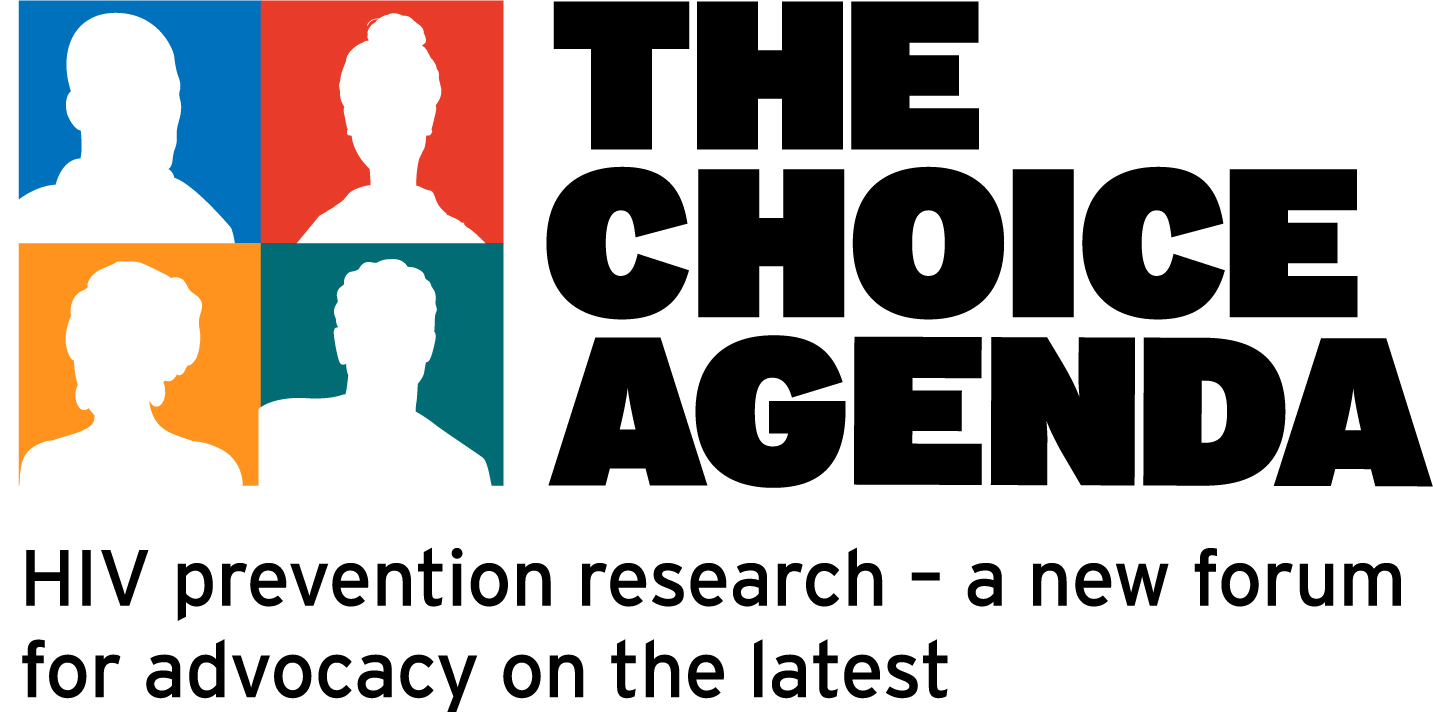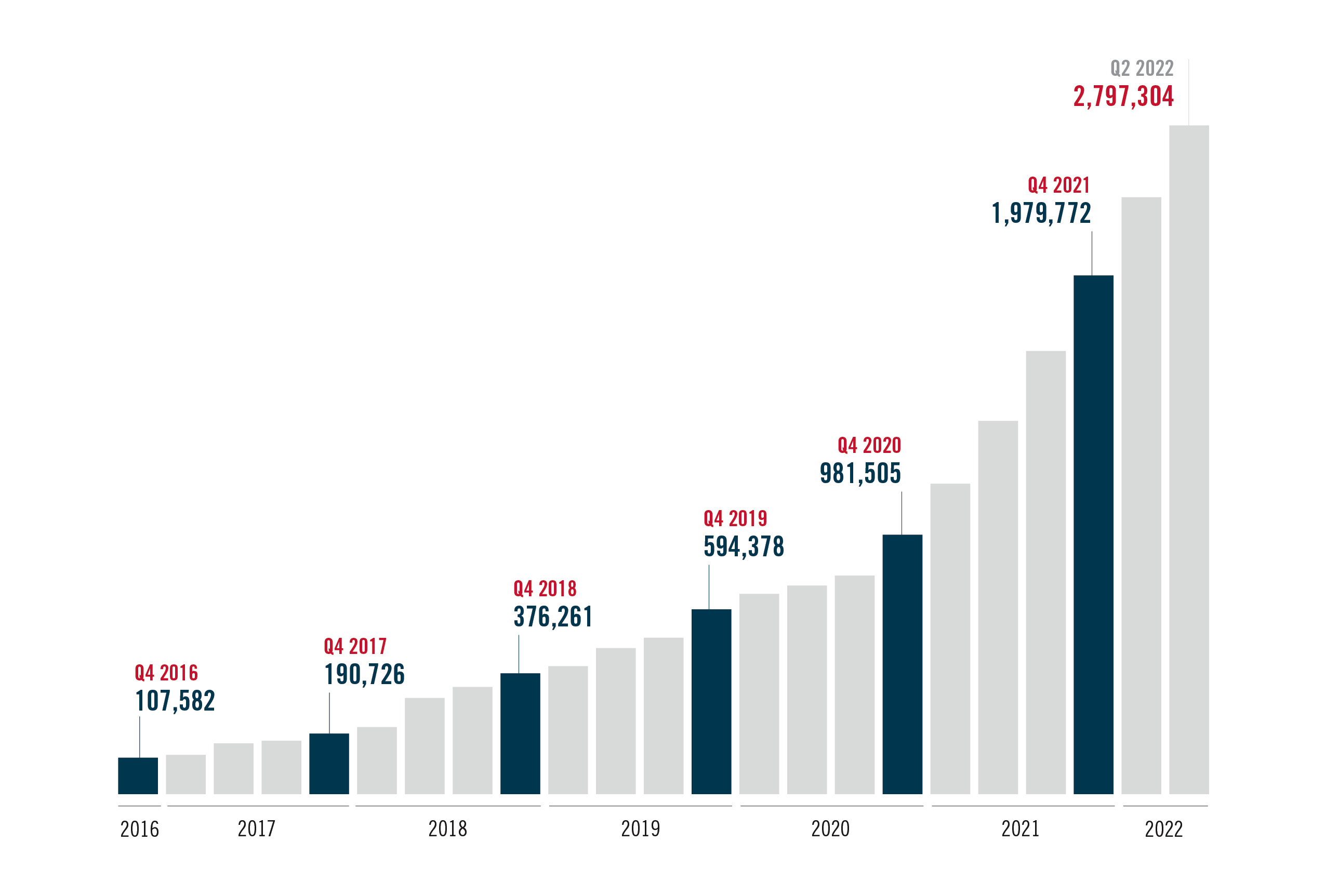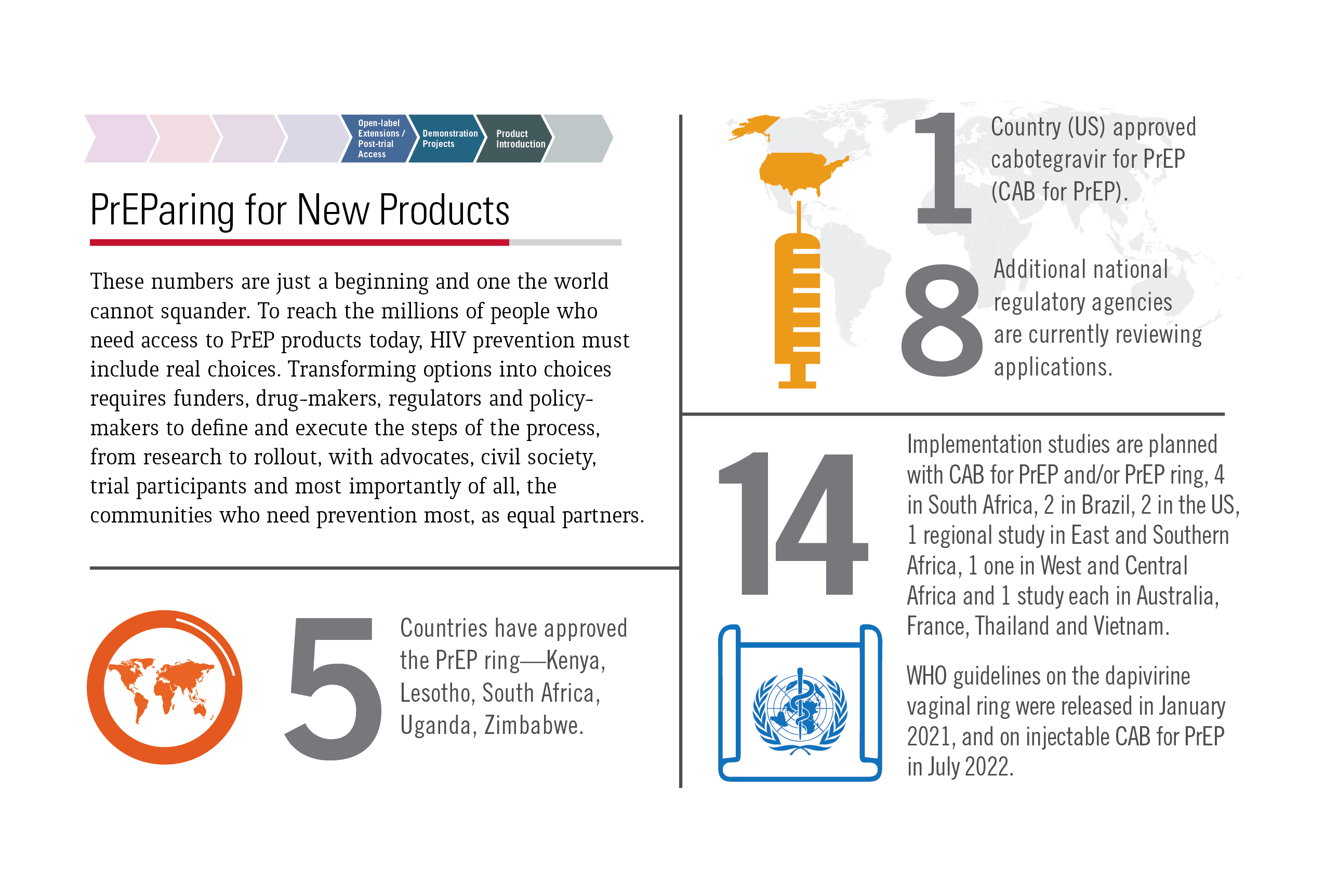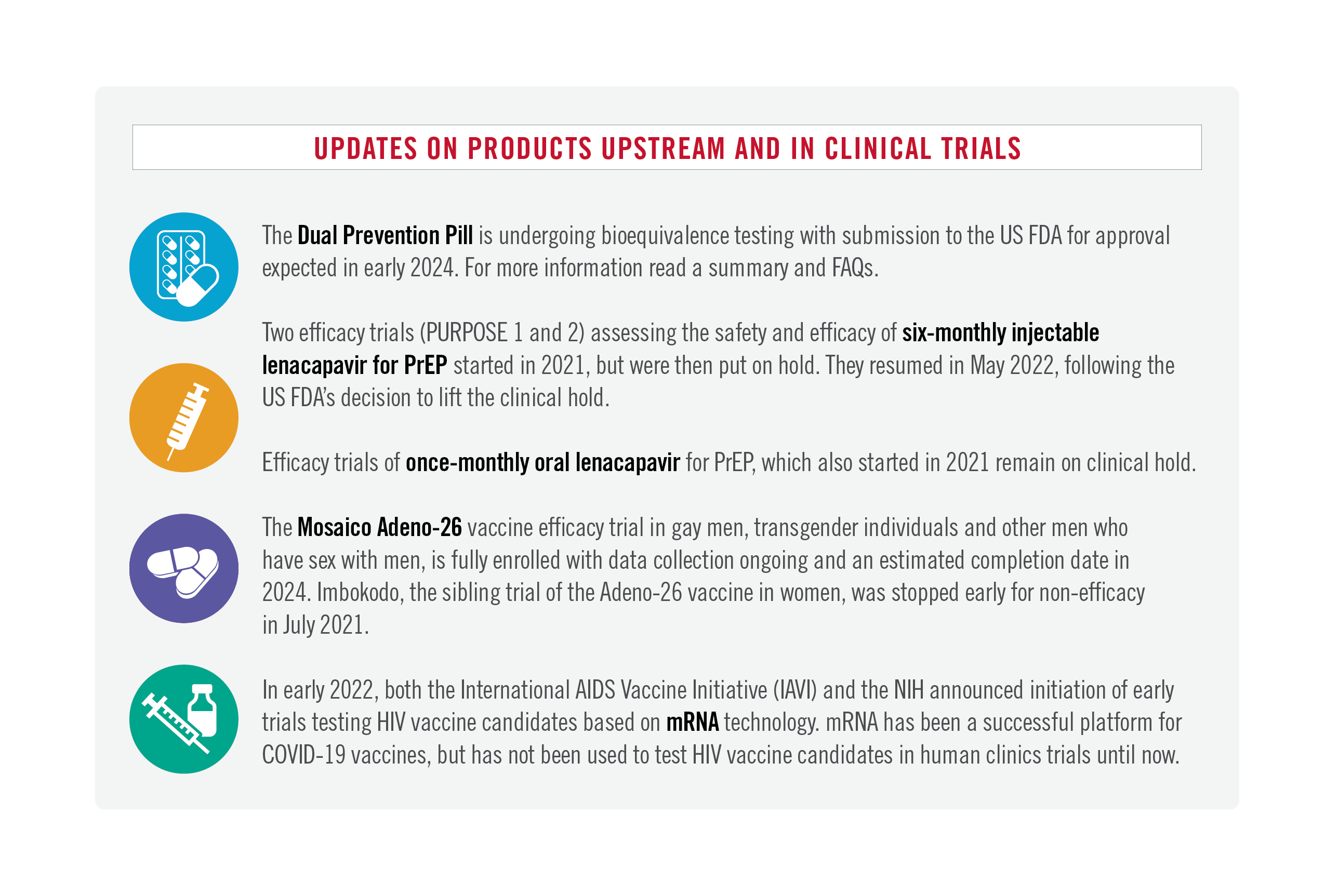
Montreal, 28 July 2022 – At the 24th International AIDS Conference, AVAC, the Bill & Melinda Gates Foundation (BMGF), the Children’s Investment Fund Foundation (CIFF), MedAccess, Unitaid, and ViiV Healthcare announced a strategic collaboration to speed equitable access to injectable cabotegravir for HIV pre-exposure prophylaxis (PrEP). This collaboration demonstrates the commitment of global health partners and ViiV to work together to accelerate access to a new HIV prevention option as part of a comprehensive response to reduce the number of new HIV infections and advance efforts to end the HIV epidemic by 2030.
Cabotegravir long-acting (LA) is an injectable form of PrEP that is given every two months by trained healthcare workers. Cabotegravir LA for PrEP, which was approved by the U.S. Food and Drug Administration (FDA) in December 2021, is the first and only long-acting injectable PrEP option available.
Global health partners and ViiV are committed to making cabotegravir LA for PrEP more accessible in resource-limited settings in the near term, while working in parallel to accelerate market entry of quality-assured generic products. This two-pronged strategy is fundamental to meeting current demand for the product and establishing a sustainable longer-term market.
In order to increase access to cabotegravir LA in the near term, ViiV, AVAC, BMGF, CIFF, MedAccess, and Unitaid will:
- Hold discussions on pricing, with the aim of identifying a pathway for cabotegravir LA for PrEP to be offered to public sector purchasers at a more affordable price
- Examine the potential role of innovative financing mechanisms to deliver on this goal
- Include civil society in planning and decision-making to accelerate equitable access
- Share responses to frequently asked questions on procurement channels and requirements
- Track and share regulatory submissions and approvals across priority countries
“Stagnating rates of new HIV infections underline the importance of getting effective prevention tools to the people who need them as quickly as possible,” said Michael Anderson, CEO of MedAccess. “By combining expertise in science, innovative finance and global health, this collaboration has the potential to catalyse access to cabotegravir LA at a sustainable price. MedAccess will work urgently with all partners to find solutions that unlock access for thousands of people as quickly as possible.”
Efforts to increase access to cabotegravir LA for PrEP will be especially impactful for key populations such as women and girls, who account for a disproportionate number of new HIV infections. Every week, 5,000 adolescent girls and women (15-24 years) contract HIV globally. For key populations, who have a 13-30 times higher risk of acquiring HIV infection as compared to the rest of the population, a long-acting prevention method could help overcome pill fatigue, stigma, and adherence issues.
“Cabotegravir for PrEP has the potential to transform HIV prevention efforts by offering people an additional option for HIV prevention, but only if we can make it available with urgency, with equity and at scale. While no one method will work for all people – or for any one person all of the time – this new approach significantly reduces frequency of dosing and may be easier for some people versus taking a pill a day,” said Mitchell Warren, Executive Director of AVAC.
Deborah Waterhouse, CEO of ViiV Healthcare said: “We are pleased to join this ambitious new collaboration as an active partner, working to find solutions to enable at-scale access to innovative HIV prevention options as quickly as possible. Together with our new voluntary license agreement with the Medicines Patent Pool, we are making significant progress towards our common goal of expanding access to cabotegravir LA for PrEP, which we believe has the potential to be a game changer in HIV prevention and to play an important role in ending the HIV epidemic.”
In response to civil society’s calls to make cabotegravir LA equitably available as soon as possible, global health partners and ViiV Healthcare are stepping up their collaboration to accelerate product access. HIV community groups, advocates and ministries of health are eager to add cabotegravir LA for PrEP to the HIV prevention toolkit, as choice is critical to meeting the needs of those most at risk of acquiring HIV.
“We are thrilled to join this important collaboration, which can help ensure that this transformative prevention tool is made available to those most in need as quickly as possible,” said Nina Russell, Director, TB and HIV Prevention at the Bill & Melinda Gates Foundation. “It takes all of us – companies, foundations, governments, civil society and those affected by HIV – working together to overcome the market failures that keep people in resource-limited settings from benefitting from innovation.”
These efforts build on the recent announcement that ViiV and the Medicines Patent Pool (MPP), which was founded by Unitaid, have agreed a voluntary license for cabotegravir LA. This will enable generic cabotegravir LA for PrEP to come to market in the coming years and should significantly expand the reach of this important prevention tool in low- and lower middle-income, least developed, and sub-Saharan African countries.
The collaboration announced today and the voluntary license agreement between ViiV and MPP, are part of a broader package of interventions being discussed by a coalition of partners to accelerate affordable and equitable access to long-acting PrEP in low- and middle-income countries. The coalition, currently being formalized, will comprise a wide range of partners including funders, communities, civil society organizations, ministries of health, and United Nations agencies, and will be co-convened by Unitaid, the World Health Organization (WHO), the Global Fund and UNAIDS. These partners will jointly identify barriers to access for cabotegravir LA and develop a roadmap to overcome them.
“Oral PrEP took over a decade to be accessible in low- and middle-income countries. This strategic partnership and the broader coalition being formed will ensure that we leverage lessons learned from past experiences to make this promising long-acting solution for PrEP quickly available at an affordable price for everyone who could benefit from it,” said Dr Philippe Duneton, Executive Director of Unitaid.
ViiV Healthcare is also donating product to support initial implementation science projects that will provide critical information on the feasibility, acceptability, and future adoption of cabotegravir LA for PrEP into national programmes in access markets. The partners in this collaboration will ensure these projects are coordinating to address critical questions across the widest possible range of populations and geographies.
“People need more ways to protect themselves from HIV that fit with their lifestyles and environments,” said Miles Kemplay, Executive Director of Sexual and Reproductive Health and Rights at CIFF. “Cabotegravir promises to be one of those choices – but only if it is available at a cost that health systems can afford. We are looking forward to working with ViiV to figure out how to make cabotegravir accessible to those who need it today.”
About the Partners
AVAC: Founded in 1995, AVAC is a non-profit organization that uses education, policy analysis, advocacy and a network of global collaborations to accelerate the ethical development of and global access to effective HIV prevention options, as part of a comprehensive and integrated pathway to global health equity. Follow AVAC on Twitter @HIVpxresearch and find more at www.avac.org and www.prepwatch.org.
The Bill & Melinda Gates Foundation (BMGF): Guided by the belief that every life has equal value, the Bill & Melinda Gates Foundation works to help all people lead healthy, productive lives. In developing countries, it focuses on improving people’s health and giving them the chance to lift themselves out of hunger and extreme poverty. In the United States, it seeks to ensure that all people—especially those with the fewest resources—have access to the opportunities they need to succeed in school and life. Based in Seattle, Washington, the foundation is led by CEO Mark Suzman, under the direction of co-chairs Bill Gates and Melinda French Gates and the board of trustees.
The Children’s Investment Fund Foundation (CIFF) is an independent philanthropic organisation, with offices in Addis Ababa, Beijing, London, Nairobi and New Delhi. Established in 2002, CIFF works with a wide range of partners seeking to transform the lives of children and adolescents in developing countries. Areas of work include adolescent sexual health, maternal and child health, opportunities for girls and young women, tackling child slavery and exploitation, and supporting smart ways to slow down and stop climate change.
MedAccess is a UK-based social finance company with a mission to make global healthcare markets work for everyone. Its core purpose is to make medical supplies more widely available at lower prices in under-served markets. By applying the rigour and skills of business finance, it provides a novel solution to the challenge. MedAccess offers financial guarantees and debt products that reduce commercial risk and allow medical manufacturers to accelerate supplies into new markets at affordable and sustainable prices. In this way, vaccines, medicines, diagnostic tests and medical devices can reach patients far sooner than existing market forces would allow.
Unitaid is a global health organization engaged in finding innovative solutions to prevent, diagnose, and treat diseases more quickly, affordably, and effectively, in low- and middle-income countries. Its work includes funding initiatives to address major diseases such as HIV/AIDS, malaria, and tuberculosis, as well as HIV co-infections and co-morbidities such as cervical cancer and hepatitis C, and cross-cutting areas, such as fever management. Unitaid is now applying its expertise to address challenges in advancing new therapies and diagnostics for the COVID-19 pandemic, serving as a key member of the Access to COVID-19 Tools (ACT) Accelerator. Unitaid is hosted by the World Health Organization.
ViiV Healthcare is a global specialist HIV company established in November 2009 by GSK and Pfizer dedicated to delivering advances in treatment and care for people living with HIV and for people who are at risk of becoming infected with HIV. Shionogi joined as shareholders in October 2012. The company’s aims are to take a deeper and broader interest in HIV and AIDS than any company has done before and take a new approach to deliver effective and innovative medicines for HIV treatment and prevention, as well as support communities affected by HIV.
For more information on the company, its management, portfolio, pipeline, and commitment, please visit www.viivhealthcare.com.








